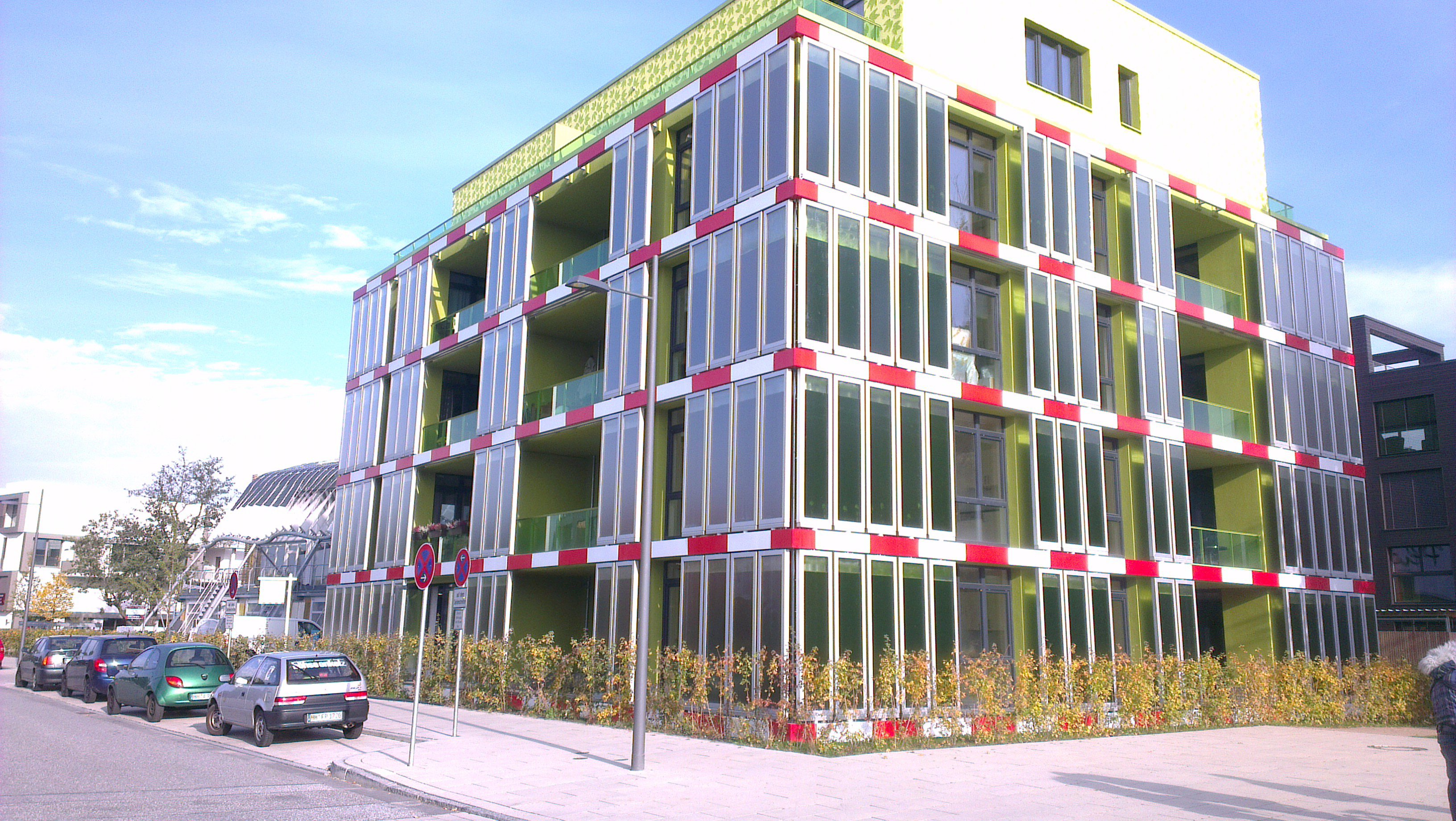The Algae House is a cube-shaped, five-storey passive building comprised of fifteen apartments. It was designed by the architectural practice Splitterwerk from Graz in Austria, whose concept won an architecture competition run by IBA. The façade system was developed jointly by SSC Strategic Science Consult GmbH, Arup Deutschland GmbH and Colt International GmbH. They used automation products and solutions from Rockwell Automation, which integrated seamlessly with the measurement and process technology from Strategic Alliance partner Endress+Hauser.
Challenge
The bioreactor façade covers a 200m2 area and forms the heart of the energy system. It is made up of glass tanks that measure 2.6m high by 70cm wide and about 2cm deep with a capacity of about 24 litres. The tanks are filled with a culture solution enriched with nutrient salts, giving the micro-algae optimal conditions for growth. Compressed air ensures that the algae are always moving and CO2 is continually fed into the reactor to boost their growth further. The CO2 is provided by a gas boiler. The sunlight not used by the algae also warms the reactor liquid. As with a solar energy system, this warmth is separated off into an energy unit and used to heat the building.
Dr. Martin Kerner, Managing Director of SSC Strategic Science Consult GmbH, comments: “The biggest challenge in this pioneering project was to combine the innovative technology used for growing algae with modern building technologies. That was the only way to underpin the various functions of the micro-algae façade – such as heating and biomass production – while ensuring soundproofing and light protection for the building too. We managed to achieve this with the Algae House – it's the first of its kind in the world.”
Solution
The automation technology is an important part of the whole system and allows it to be run automatically throughout the year. An Allen‑Bradley CompactLogix™ controller from Rockwell Automation forms the core of the automation system by providing seamless integration between the programming software, controllers and I/O modules, helping to accelerate initial development time and reduce commissioning and operation costs.
Other devices connected to the CompactLogix controller include building technology systems, such as heat exchangers, as well as algae cutters and the conversion units that turn biomass into biogas. The PLC also controls all the pumps used to guide the reactor modules towards the sun. The remote I/Os are connected to the controller via EtherNet/IP, providing decentralised control across all floors of the building. It provides robust, real-time networking and high-speed discrete control. Unlike other networks that continuously alter their network design to meet the demands of industrial applications, EtherNet/IP helps ensure high suability and consistency of the entire system for increased real-time capabilities.
The entire system is operated by a specialist at SSC Strategic Science Consult GmbH, using Rockwell Software FactoryTalk® View visualisation software. The easy-to-use graphical functions give the user a realistic view of all processes, making it easy to monitor the system and analyse processes. The software also enables the user to react rapidly to error alerts and alarms. If necessary, the user can also intervene in processes directly by modifying predefined control parameters via the visualisation software. As a result, FactoryTalk View is an essential element contributing to the error-free operation of the bioreactors.

